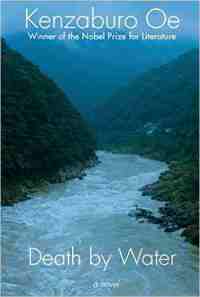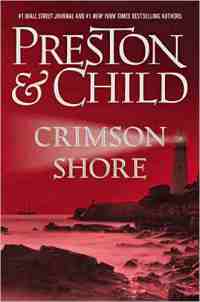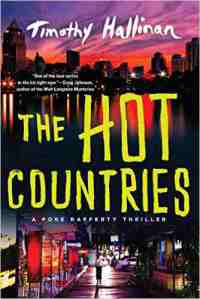Death by Water by Kenzaburo Oe
 Wednesday, November 11, 2015 at 9:25AM
Wednesday, November 11, 2015 at 9:25AM 
Published in Japan in 2009; published in translation by Grove Atlantic on October 6, 2015
Most of Death by Water is comprised of conversations among artistic intellectuals. Reading it is like pulling a sled up a snow-covered hill, exalting at reaching the top, enjoying the speedy ride down the other side, wandering for a while, and then trudging up the next hill. There are times when the novel is fun and times when it is rewarding, but most of it is tough sledding.
At the novel’s center is the novelist Kogito Choko, the alter ego of Kenzaburo Oe, but Choko is the least intellectual (or perhaps the least chatty) of the characters. His sister and other admirers spend most of their time dissecting Choko’s work or, more often, his life. My impression was that the characters love hearing themselves talk, even when they don’t have much to say -- which I suppose makes the characters realistic, if not particularly interesting.
The novel begins with Choko’s preparation to write the story of his father’s drowning. Since Choko cannot rely on his own memory, which he has either suppressed or is unable to distinguish from his dreams, he needs access to a red leather trunk that, he believes, contains the story of his father’s life. His mother has instructed Choko’s sister Asa to give Choko the trunk ten years after his mother’s death. His mother lives to the age of 95, making Choko a senior citizen before he can claim the trunk. Returning to his childhood home to do so, he consents to being interviewed by The Caveman Group, an acting troupe that wants to incorporate the interviews into stage adaptations of Choko’s work. That setup enables many of the conversations with Choko that drive the novel.
The core of the story is promising. Choko plans to write about his father through the prism of the “Death by Water” section of T.S. Eliot’s “The Wasteland.” As Choko discusses his past and his writing with members of The Caveman Group, we learn about Choko as both a person and an artist. We also learn about the process of making art from the perspective of a craftsman who uses art to reflect himself.
The best segments of Death by Water involve Choko’s attempt to understand his recurring dream about his father’s disappearance in a small boat. According to Asa, Choko’s dim memories of his father and of the flood in which he drowned have been conflated with Choko’s childhood fantasies, which include an imaginary friend named Kogii who is young Choko’s exact duplicate. Choko also wants to view his father as brave and heroic, although he portrayed his father in quite a different way in one of his novels. Choko is unprepared for the reality of his father’s political extremism -- a reality from which Choko’s mother wanted to shelter him. Unfortunately, anticipation of learning the truth about Choko’s father’s death builds and then wanes as the story gets sidetracked by endless conversations concerning the details of Choko’s life, including his inability to make a connection with his developmentally disabled son.
I had difficulty developing the same keen interest in Choko's life that the characters have. No incident in Choko's life and no sentence in his writing seems too trivial to dissect at length. I also had difficulty caring about the acting troupe’s artistic achievements, which mainly consist of having audience members throw stuffed dogs at actors who are performing dramatic readings of Choko’s work.
Key themes in Death by Water include folklore and myth in world and Japanese history, the nationalist movement in post-World War II Japan, the relationship between aging and attachment to (or detachment from) an era, and whether an aging writer (or any other artist) whose best works are thought to be behind him might still be capable of producing something memorable. Rebirth might be the most important theme, as explored through the discussions of folklore and of Japan and as applied to the life of Choko. At least to me, those themes are more intellectually interesting than emotionally engaging.
The novel might be more meaningful to someone with greater interest in Japan’s uneven transition from “traditional/imperial” to “modern/democratic.” It may be more enjoyable to someone who has more patience than I possess. It is a serious novel, to be sure, but I found it to be more self-important than elevating. If Oe wonders why Japanese readers are turning to modern writers instead of, well, to novels like this one, perhaps it is because they do not want to undertake all the uphill climbs that Oe, despite his sincerity and perceptive analysis of modern Japan, forces them to endure.
NOT RECOMMENDED
 TChris |
TChris |  Post a Comment |
Post a Comment |  Japan,
Japan,  Kenzaburo Oe in
Kenzaburo Oe in  General Fiction
General Fiction 


